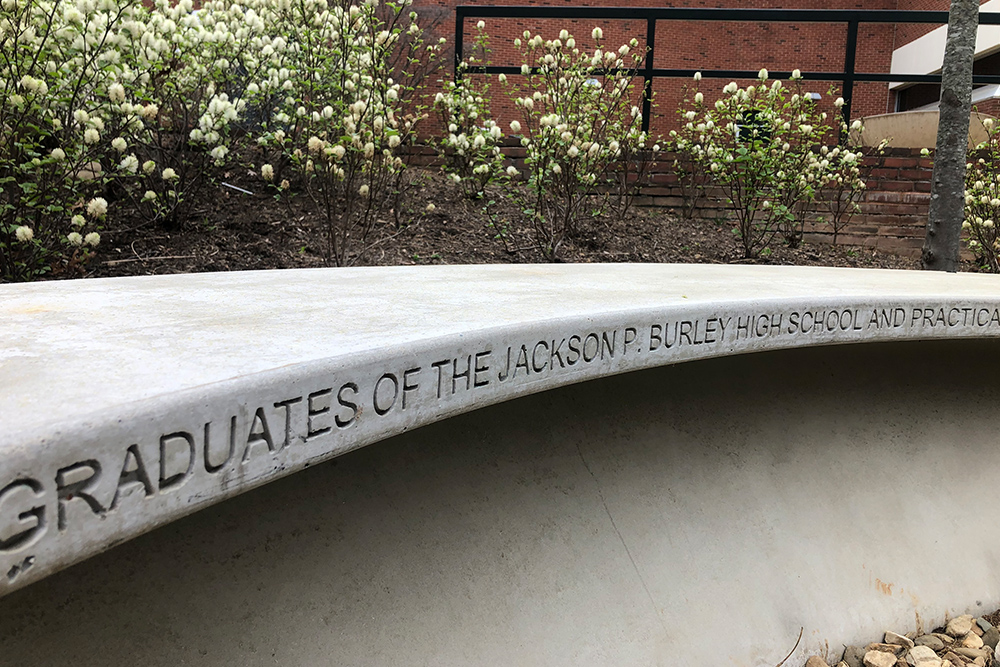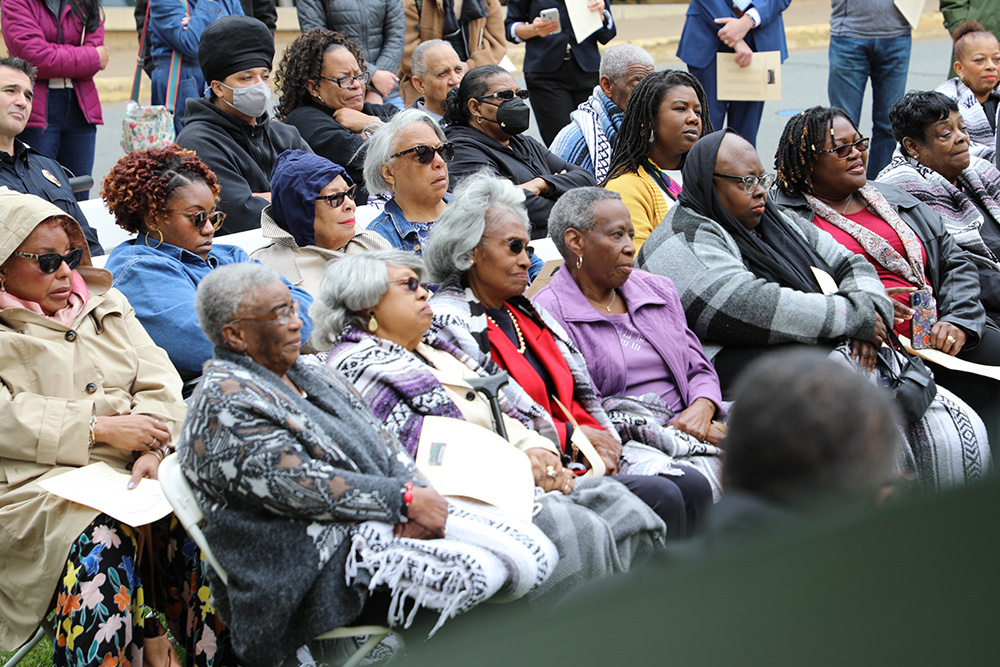
From the Dean
Colleagues and friends,
It’s Black History Month, a time to reflect on our struggle against racism and discrimination in healthcare, and the very real, very powerful ways it continues to impact human health and well-being.
From its founding in 1901 until 1960, UVA Hospital was segregated. Black patients were cared for in dark, dank basement wards while white patients convalesced in the hospital’s ground and upper stories. For at least its first 50 years, nursing positions at UVA Hospital went only to white women, while the hospital’s lesser paid, longer working ward maids, cooks, and orderlies were the sole domain of Black employees. Early civil rights campaigns to increase Black employees’ wages and reduce their work hours—first in January 1943, when 28 ward maids organized a walk-out, and again in March of the following year, when Black male orderlies threatened one—offered some hard-won victories. But post-secondary educational and professional training opportunities for Black students in central Virginia were few and far between.
But our country’s post-World War II thirst for nurses compelled change. By the 1950s, driven by nursing shortages across the board, UVA Hospital superintendent Roy Beazley worked with educators at the then-segregated Jackson P. Burley High School to fashion a new program: an 18-month Licensed Practical Nursing (LPN) certificate for Black high schoolers that offered a year of clinical training at UVA Hospital.

About 160 of UVA’s LPN graduates who earned degrees between 1954 and the late 1960s went on to work at UVA Hospital and well beyond, leading lengthy, distinguished, impactful careers, raising their hands to serve when there was great demand for their skills, even as options for their schooling were limited, due to segregation. These nurses pushed systems and people toward integration through their care and with their presence in a moment when segregation was standard operating procedure. UVA School of Nursing’s first Black student, Mavis Ford Claytor (MSN ’85, BSN ’70), wouldn’t arrive until 1968—a critical moment that compelled the creep of integration and further change.
In 2019, nearly two dozen UVA LPN graduates were celebrated, recognized as alumni, and offered an apology. And last spring, these nurses, many now in their 70s and 80s, were honored with a monument: a carved marble bench that lies at the heart of the School, between our two buildings, a permanent, poignant reminder of our history, our halting progress, and the work we still have to do.
I think a lot about our LPN alumni, and the great dignity and grace with which they practiced and cared. I also think of the work that lies before us as a University, School, and society, to atone, to be both great and good, to do and to be better. As dean, I am committed to what I know is an ongoing journey to build belonging and diversity that will never be over.
February might be Black History Month, but it’s imperative that we actively commit year-round to dismantle racism and white supremacy. The Bjoring Center’s new Race and Healthcare Web Site is a great place to learn. I, for one, will be digging in to do just that.
Thank you for reading this issue of VNL.
Be well,
Marianne Baernholdt, PhD, MPH, RN, FAAN
Sadie Heath Cabaniss Professor and Dean, UVA School of Nursing
Dean of Professional Nursing, UVA Health

